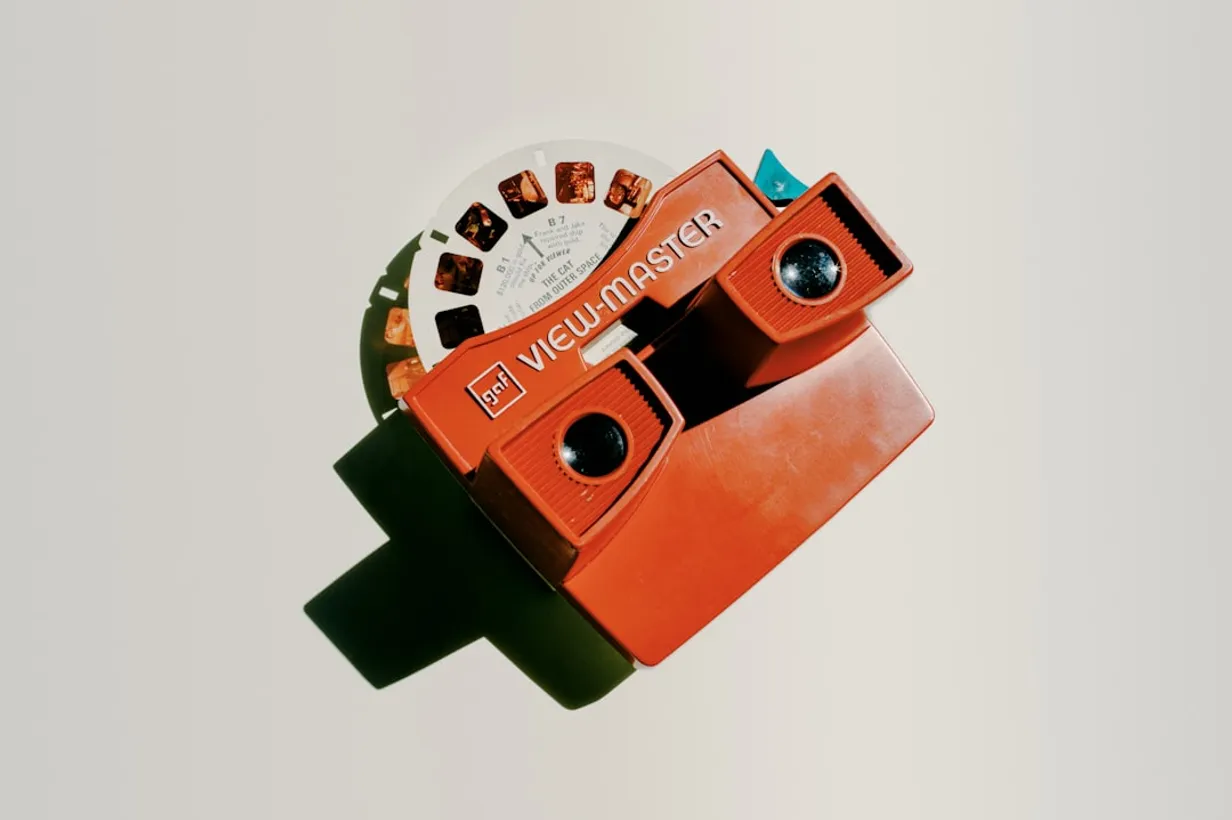Introducing minimalism into a child’s room might seem challenging, but it’s an endeavor that pays off in spades. Minimalist design principles can help create a serene and organized environment that fosters creativity and reduces unnecessary distractions. Here's how to master minimalist design in a kid's room while maintaining the warmth and fun they need.
Why Opt for Minimalism in Kid's Rooms?
1. Reduces Clutter
Children accumulate toys, books, and various items quickly, making their rooms a prime candidate for clutter. Embracing minimalism helps streamline their belongings to essentials, making tidying up easier and creating a calmer environment.
2. Encourages Creativity
A clutter-free space stimulates a child's imagination more effectively than one filled with unnecessary distractions. It allows them to focus on the activities and toys they are truly interested in, encouraging deeper engagement and creative play.
Steps to Creating a Minimalist Kid's Room
1. Declutter and Organize
Start by decluttering the room. Sort through toys, clothes, and books, keeping only what is necessary and truly loved. Utilize storage solutions like bins, baskets, and shelves to keep items organized and out of sight.
2. Choose a Neutral Color Palette
Opt for a neutral color palette to create a tranquil atmosphere. Whites, grays, and pastels work well, providing a calm backdrop that allows toys and decorations to stand out without overwhelming the space.
3. Invest in Multi-functional Furniture
Select furniture that serves multiple purposes to maximize space efficiency. Beds with storage drawers underneath, foldable desks, and convertible cribs are excellent choices for a minimalist kid's room.
4. Incorporate Personal Touches
While minimalism focuses on simplicity, it’s important to add personal touches that reflect your child’s personality. Display a few favorite toys on shelves, hang their artwork on the walls, or include a cherished stuffed animal collection.
5. Emphasize Quality over Quantity
When adding items to the room, prioritize quality over quantity. Choose durable, timeless pieces that will grow with your child and withstand wear and tear. This approach not only maintains the minimalist aesthetic but also ensures longevity.
6. Natural Elements
Incorporate natural elements like wooden furniture, cotton linens, and soft rugs to create a cozy, inviting space. Houseplants can also add a touch of nature, purify the air, and teach children about plant care.
Maintaining Minimalism: Tips and Tricks
1. Regularly Review and Edit Belongings
Kids' needs and interests change rapidly. Regularly review and edit their belongings to ensure the room remains clutter-free and aligned with their current stage of life.
2. Involve Your Child in the Process
Encourage your child to participate in the decluttering and organizing process. This practice teaches valuable life skills and helps them develop a sense of ownership and appreciation for their space.
By combining minimalist design principles with thoughtful, child-centered touches, you can create a peaceful and functional play space that nurtures your child’s well-being and creativity.
Like our design see our other topics
We have helped find related design topics for you to help your searches at Plain Jane designers

Crafting DIY Minimalist Curtains: A Blend of Function and Style

The Role of Color in Minimalist Design: Beyond the Monochrome


